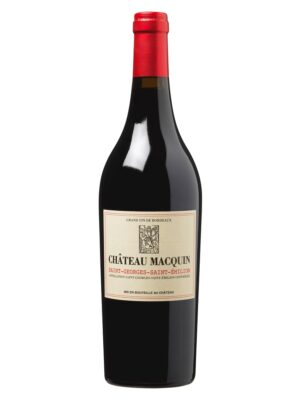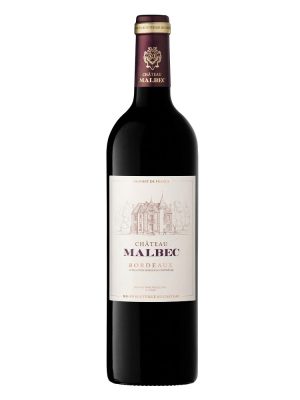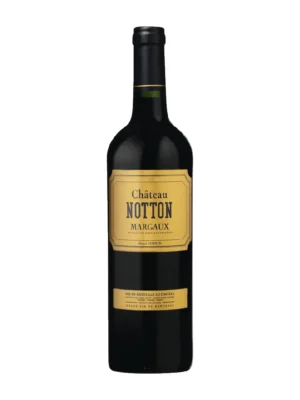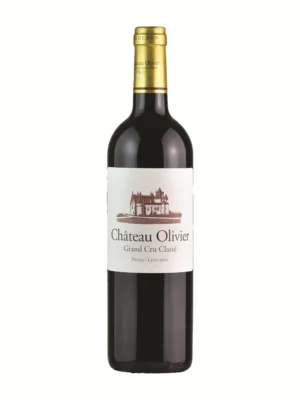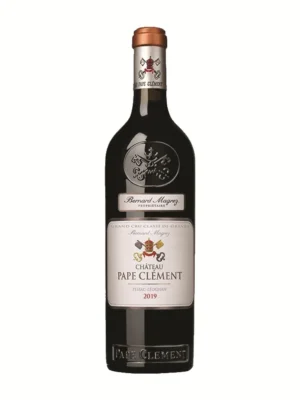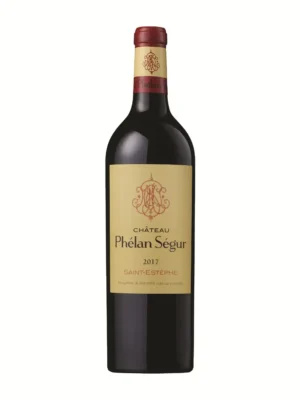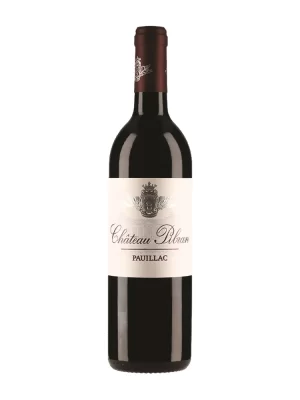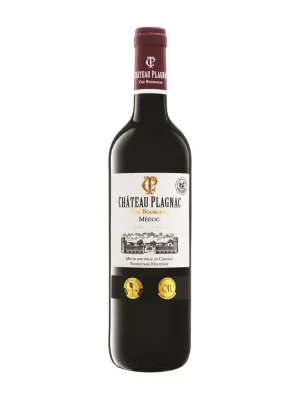Château Lynch-Moussas Pauillac Grand Cru Classé AOC
The Château was founded in the 18th century by a member of the Lynch Family. We can trace the origin of the “Moussas” name back to the 16th century.
In 1919 the property was purchased by the Castéja family, at that time also owner of Duhart-Milon and later was inherited by Emile Castéja. Philippe Castéja, Emile Castéja’s son, has been in charge of the property and its vineyards since.
Château Lynch-Moussas is a typical Pauillac exhibiting a dark colour, a fruitful bouquet, a lot of softness with ripe tannins.
For more info, visit Château Lynch-Moussas website.
VARIETALS
72% Cabernet Sauvignon, 28% Merlot
VINTAGE
2020


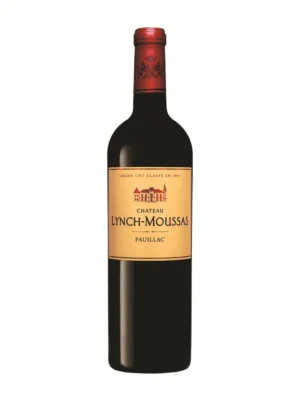
 Download Tasting Note
Download Tasting Note